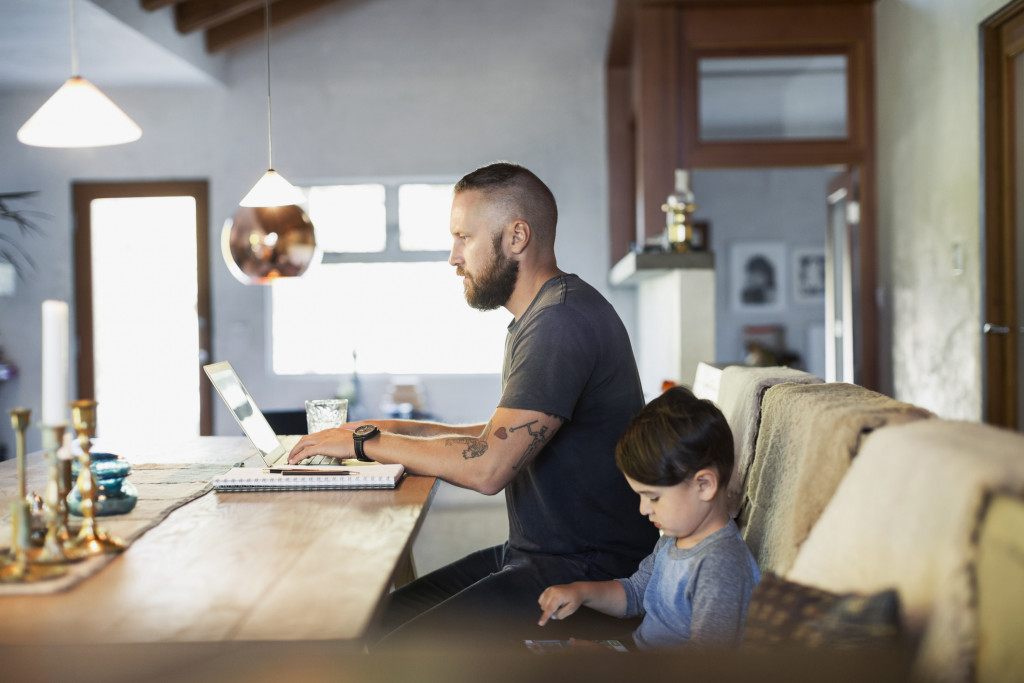What does ‘the new office’ look like?

As an employee in IT, I (Linda van Bakkum, productivity consultant at hallo,) have never really had a very strong bond with an office, but that certainly does not apply to everyone in our organization. Technology now makes it possible to do your work from anywhere. Certainly not all functions are suitable for this, but the functions that previously took place behind a fixed desk. I prefer to move from organization to organization to see how every employee deals with technology. Although I don’t come to the “office”, I do like to connect with people to strengthen each other.
After studying business informatics I started as a consultant and after a few years I ended up at a media company. At this company, the policy was that you had a fixed workplace and were present in the office. Although a fixed workplace offered many advantages, I noticed that I liked it better to have different workplaces. It brought more knowledge and connection with colleagues.
Now a few years later you see the workplaces changing. Technology is playing an increasingly clear role in all layers of the organisation. I regularly organize an inspiration session for organizations in which I compare the “old office” with the “new office”. I assess this from three different angles. People, processes and location. I will take you through the story and show you why a “new office” will arise immediately and what will be different in the “new office”.
The old office
The ‘old office’ is an office where there are fixed workplaces and each employee has his own desk. An office with separate office space for a number of people per room. These office spaces have often already made way for a modern large space without walls. An open character to bring employees into contact with each other more easily, regardless of department. Driven by presence and visibility.
The new office
The ‘new office’ is a place where you can work regardless of location or time. This way of working was already presented by large companies such as Microsoft. Employees were given a laptop and you were allowed to sit at any desk. This way you could sit on another floor when necessary to jointly deliver a project.
Exceptionally or after approval from the manager, you could work from home. Of course if the work allowed it and you didn’t have to go to the customer. Still controlled based on presence and visibility.
By offering the smart online workspace, you could work anywhere with your laptop regardless of location and time. But you often still came to the office for meetings.
This flexibility of working regardless of time and place became much more tangible for organizations after the corona pandemic.
Nevertheless, other aspects have become visible due to corona that had not been taken into account before. That’s because everyone in the world was working from home at the same time and also with the children.
After the Corona period, it has become clear to me what an office really means. For me, the new office has taken on a different meaning and I will explain why below.
The new office 2.0
A real workplace for the home. Organizations make it possible to have a height-adjustable desk, good office chair and a screen. Some employees, like me, sit at a kitchen table and other people have set up a separate office. Where previously it was difficult to get a workplace at home from the organization, it was now necessary. There was no prospect of going back to the office at the time. Working with children around you was the new normal.
Where at first the organization could not accept it properly when employees were working at home with children. Was it now accepted that children sometimes shoot through the image during a meeting. If your child needed some guidance for school during the day, there was room there and you made the hours in the evening. It was no longer about presence in the office, but about result-oriented work. Managers had to learn to support their employees remotely at an accelerated pace. They had to learn to look at the mental state of the employee, because employees were bound to digital meetings from minute to minute.
Digital skills were improved within a few days. Employees helped each other to understand the applications. Knowledge transfer was high, but the employees also became digitally fatigued. Organizations were looking for a way to find balance in digital meetings. This resulted in new agreements regarding digital meetings.
A few of these measures at a glance;
Digital appointments up to 45 minutes
Prepare for the meeting
Show up in the meeting on time
Discuss only the tasks/parts that need attention. They threaten to run out or where there are escalations
Stop when the appointment ends
Go for a walk outside if you have a digital meeting and the meeting allows it.
By shortening the standard appointments, you had a few minutes between meetings where you could stretch your legs or get a drink. This also allowed you to be on time for the next meeting. You can implement this measure as a policy in your Microsoft Outlook settings. As a result, technology helps you organize your time better.
Now that employees have created a good workplace and rhythm at home, we can return to the office. Something that many employees are so happy with, because we want to connect with each other. Seeing and speaking to each other without a laptop. Seeing each other makes it easier for managers to lead. It is easier for employees to support each other. Performing or taking over a task when someone is overflowing is so much easier when you’re in the office.
A lot of communication is non-verbal communication and that is important when we look at the mental part of the employee. Yet once back in the office, we have different needs as an employee. Many studies show that a new office is going to arise. It is similar to the new office 1.0, but with rules to find a better balance between the amount of stimuli / information that an employee receives and collaboration.
So what does ‘the new office 2.0’ look like?
A summary of what the new office 2.0 looks like:
Public spaces where you can work and talk to different colleagues
Quiet spaces where you can take a seat to finish something or to do a digital meeting
Meeting rooms in which you can meet hybrid (all meeting rooms are made suitable for hybrid meetings)
Space to work what you need. Home, office or any other location available
Policies that every employee can easily follow
The latter sometimes seems unnecessary, but rules help to make it pleasant for every employee. You come back to the office to meet and catch up on clients or projects. Do not make the rules complex, create spaces that are recognizable and where every employee understands what the intention is. Balance is what will be the most important part of the new office. No more open floor layouts, but balance between the open spaces and closed spaces to bring balance to the stimuli that an employee can tolerate to have a nice workplace.
Want to know more?
Read Working at the new office; the benefits.
Do you want to switch to the new way of working where you can really work anytime and anywhere? You can easily do this with the smart online workplace.
or ask for advice from one of our experts.
Share this post via
Related Blog
What does ‘the new office’ look like?
As an employee in IT, I (Linda van Bakkum, productivity...
July 8, 2022 | 6 min reads, 18 sec reads
Step-by-step; how to transform the traditional office into the new office in the cloud
It is a good way to clean up, a move....
July 1, 2022 | 3 min reads, 43 sec reads
Working at the new office; the benefits.
Working from home at the new office. Just with laptops,...
June 23, 2022 | 4 min reads, 9 sec reads




